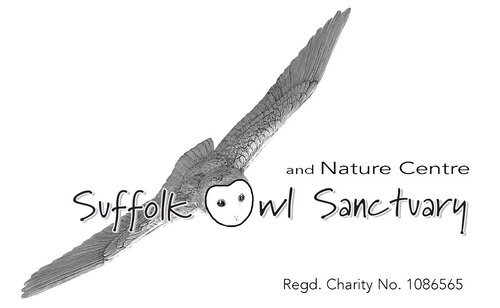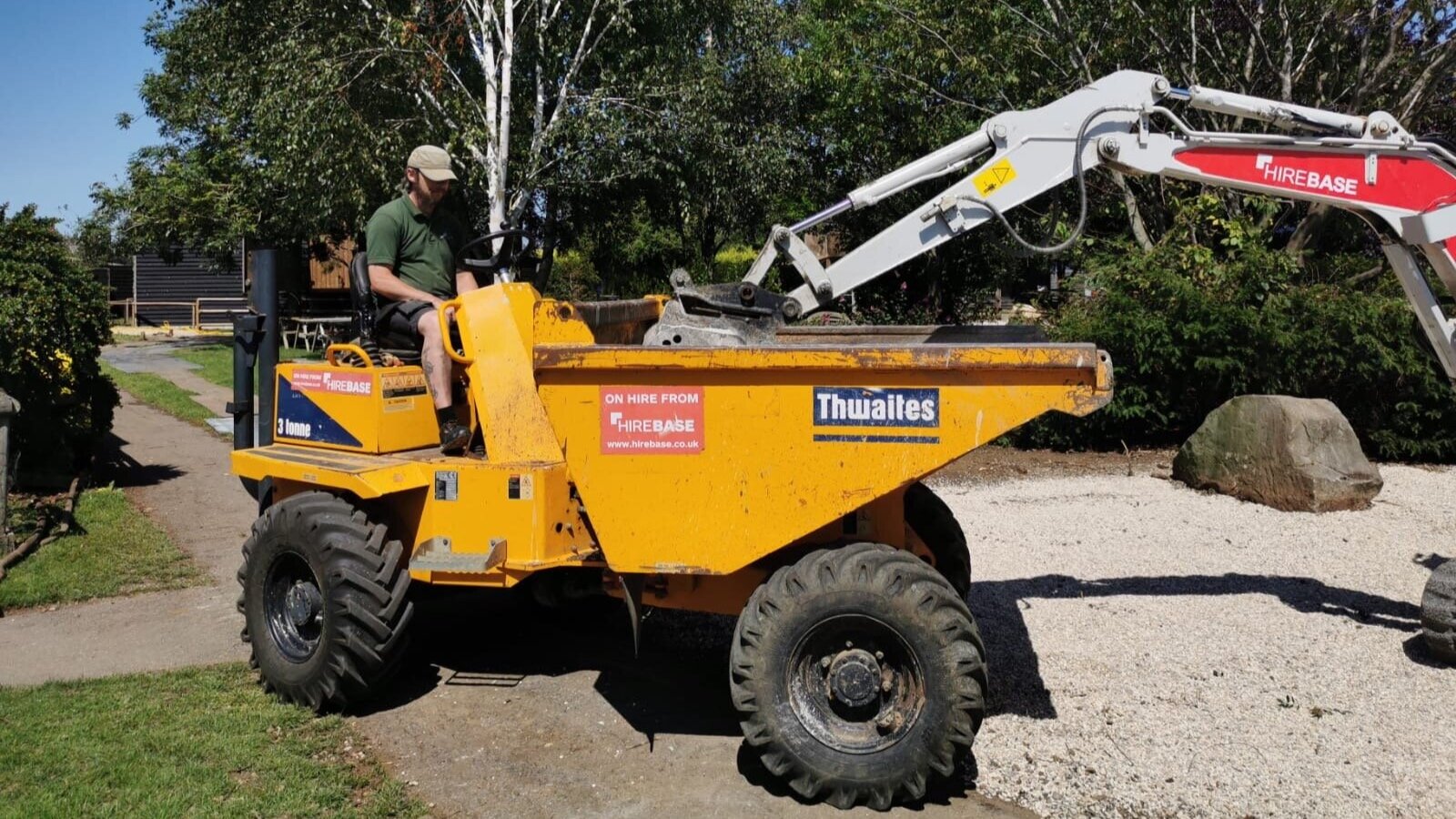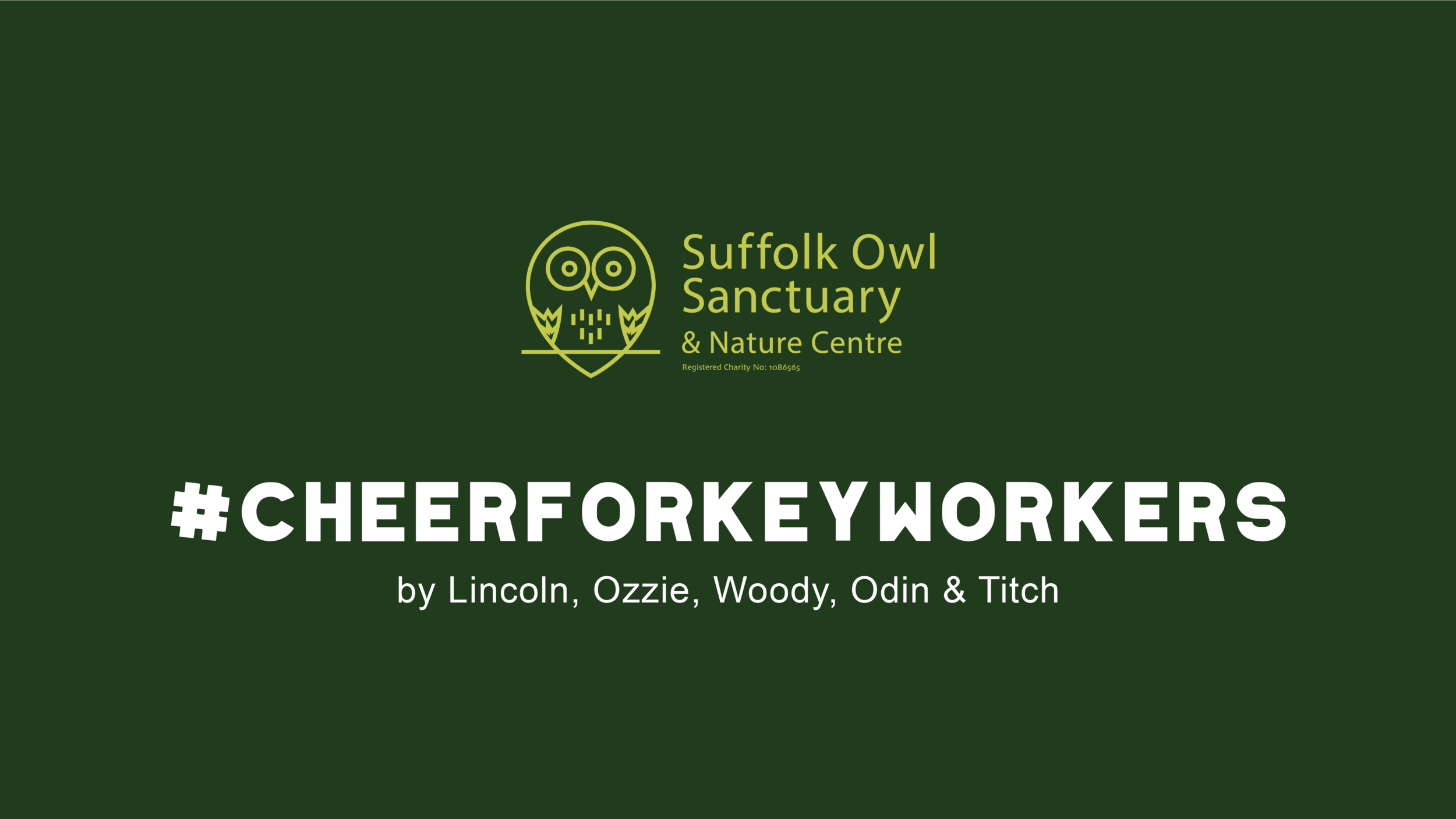We were recently brought in a young bird that was found locally - to our surprise when we opened the box we were greeted with a very beautiful young red kite! An unusual sight around East Anglia and an incredibly rare sight in our hospital. Even more unusual was that this bird was wing tagged - we were uncertain if kites were even being recorded locally. We found the BTO metal ring on it's leg (with a unique alpha numeric code to identify this bird as an individual) and after being reported to the BTO we found that the bird had been ringed and tagged in the nest near Downham Market, along with it’s sibling.
This young Red Kite was brought into the hospital exhausted and dehydrated. Gaping is a natural response to being handled, which was kept to a minimum to limit stress.
We then started investigating what had caused this bird to be found grounded in a field - although thin it was not showing any signs of illness or injury apart from exhaustion and dehydration so after some fluids it was put straight out into an aviary to assess his movements. The most obvious causes would be simply a lack of available forage (as these birds are mostly scavengers) due to weather conditions at the time (heatwave) it could have simply been exhaustion.
BJ looking much better after a few days of R&R in our aviary.
Kites are easy to age - first year birds do not have a full silver head or fully forked tail at this age and they also have very dark eyes - a sure sign that this is definitely this years fledgling, even if we hadn't had the ringing details to confirm this.
Numerically, Red Kites are a common sight elsewhere in the UK but have yet to become established in East Anglia. Ringing figures from 2019 show that 195 Kites were ringed, with 35 being wing tagged like this individual, and more receiving colour rings on their legs (similar to those seen on swans). Only 26 Red Kites have ever been ringed in Norfolk.
Happily, after a couple of weeks in our aviaries, this young bird was ready for release last week. Fingers crossed it will stay out trouble and stay in the East Anglia area to boost the population here.
For more information about wing tagging and the ringing scheme, please visit the British Trust for Ornithology website:https://www.bto.org/our-science/projects/ringing/about





































